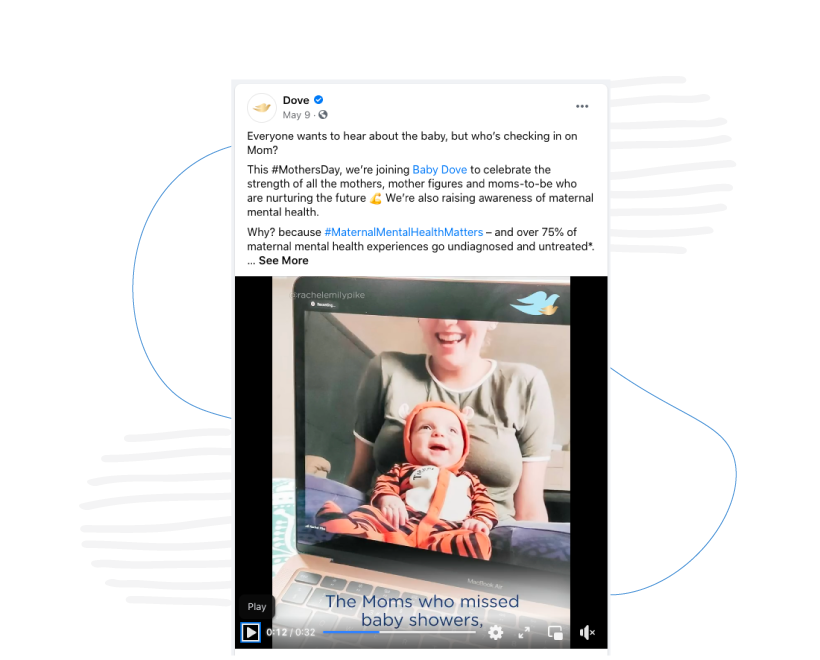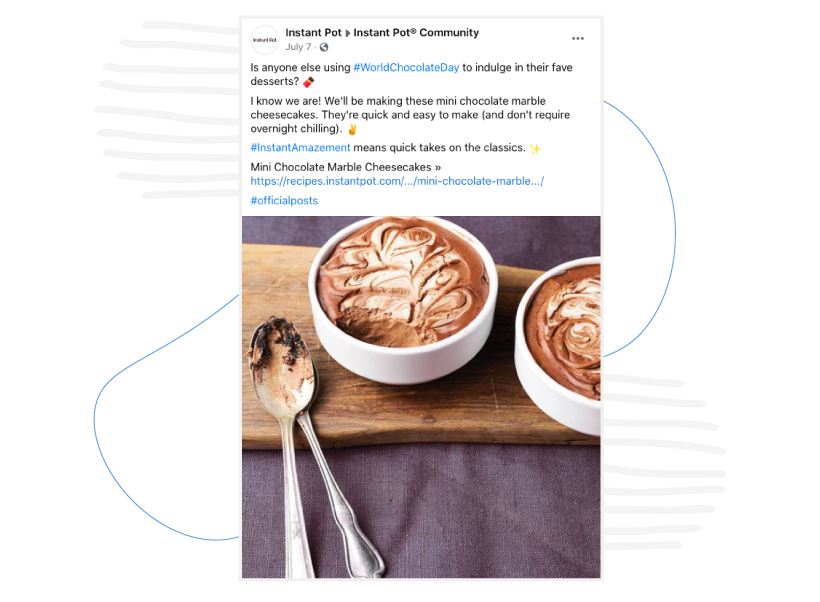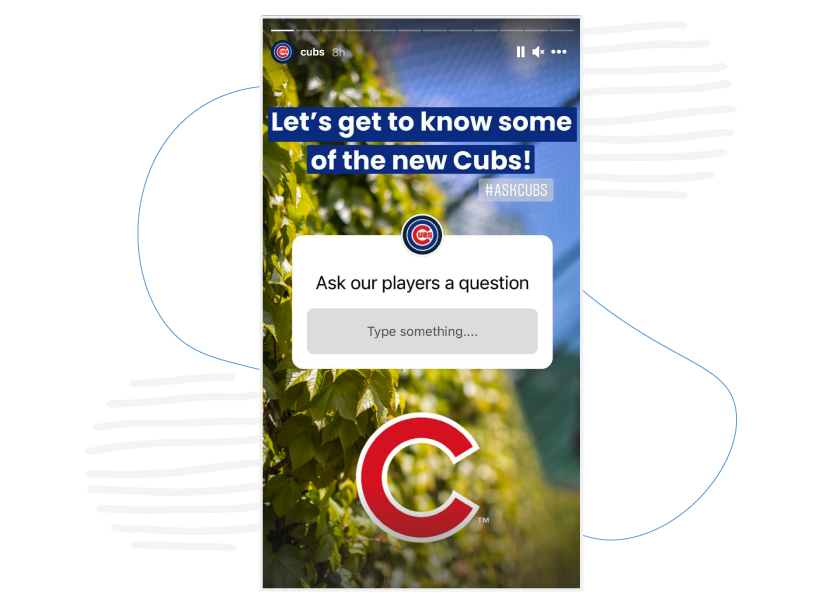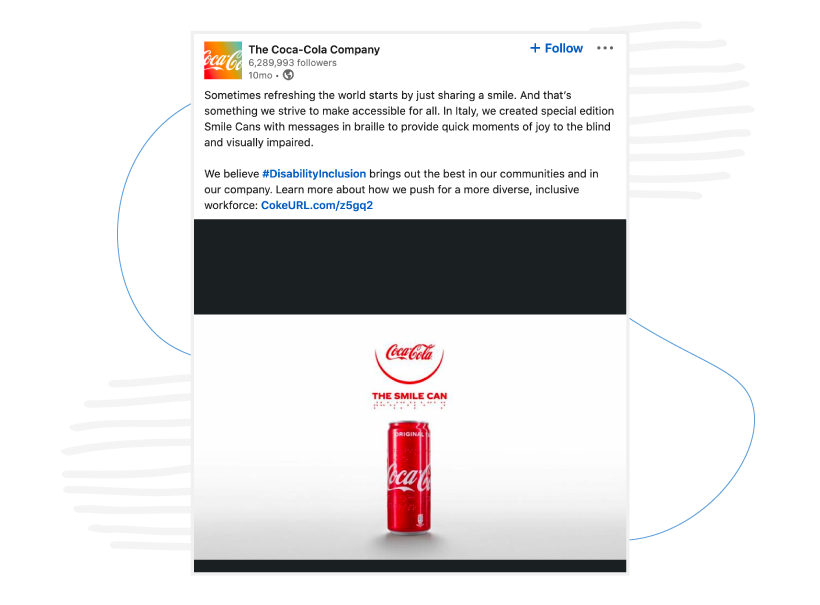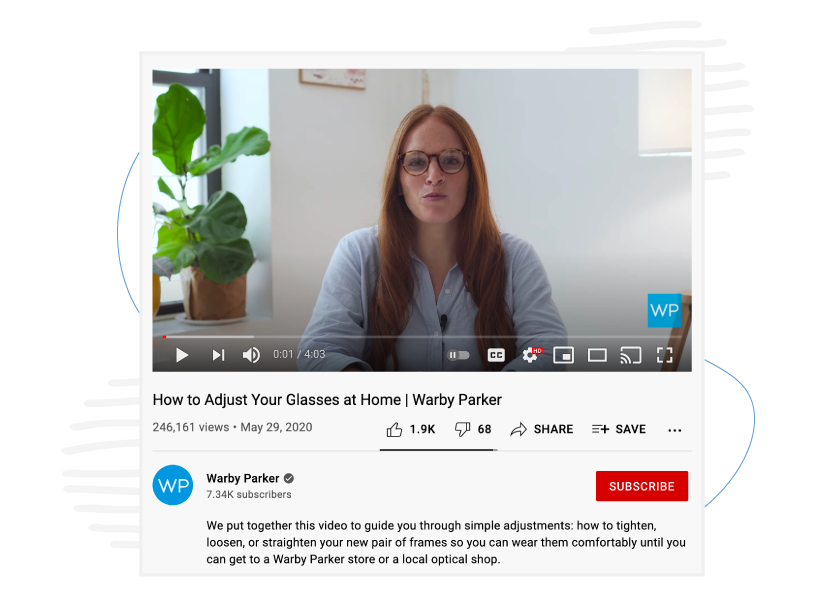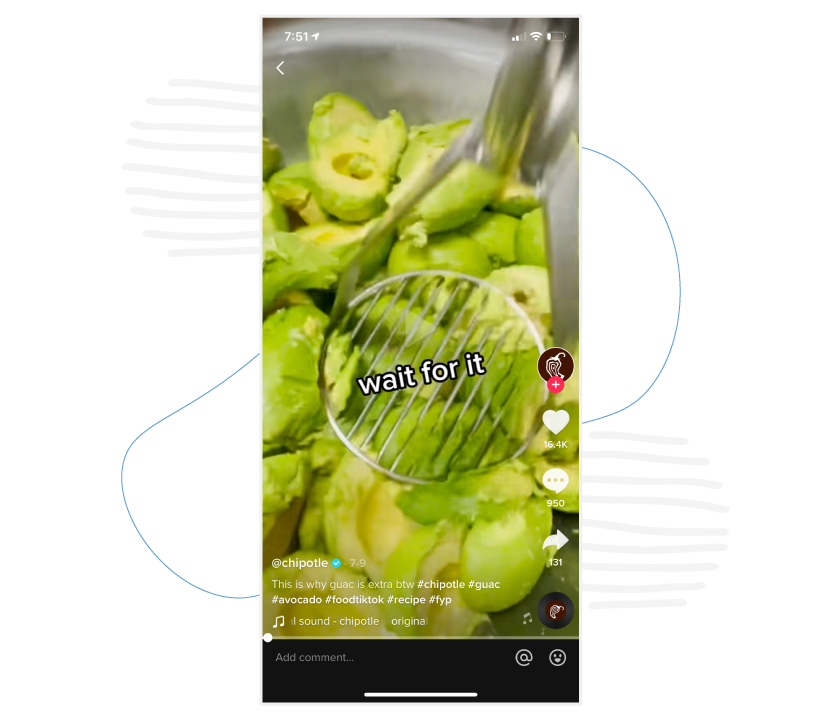Social media copywriting best practices
Let’s start with a few guidelines to help your social media copywriting — no matter which platform you are writing for.
Do your research
If you don’t know what you are talking about in your social media posts, your audience won’t know either. If your posts are designed to promote a specific service or product, you must first spend quality time getting to know the service or product you are promoting.
The better you understand what you are writing about, the better your audience will understand it as well.
Be casual
If you are writing for social media, people are not going to consume your content in a vacuum. Your audiences will see your content alongside cat videos, epic fails, undercover pranks, and posts about what people ate for dinner.
No matter what you want it to be, social media isn’t Shakespearean theatre. Your social media copywriting should have a voice and style unique to your brand, but that voice should be casual and inviting — not stuffy or intellectual.
Be concise
Keep it short and sweet.
Use a CTA
The call-to-action in your writing must be an element of your content — but you need to avoid the temptation of making it the element in your writing. A good CTA flows naturally with the rest of the writing in the post.
Remember, your job with a social media post is to evoke emotions. If the entirety of your post is something like “find out more,” “subscribe,” or “click here for more,” the only emotion you will evoke among audiences is apathy.
Let the CTA be a partner to the emotions you evoke with the rest of your writing in your social media posts.
Be personal
Speaking of evoking emotions, the best way to make somebody feel something is to make the content pertinent and meaningful to them. Using words like “I,” “you,” “we,” and “me” go a long way in personalizing your company.
Harken back to the research you did earlier in the writing process. What are the pain points for the audience you are trying to reach? Keep those in mind as you write your social media posts.
Sure, your goal might be to promote your brand or product, but the absolute best way to do that is by making sure your audience knows what is in it for them if they use your services.
Don’t be afraid to break rules
Remember, you aren’t writing a white paper or a press release. Your main goal is to get a reader to stop scrolling their news feed for just long enough for you to capture their attention and then capitalize on it.
Using emojis is one easy way to break up text and capture attention. Want to use ALL CAPS? Give it a whirl (just don’t overuse this). Breaking rules doesn’t mean you need to be sloppy, but it does mean you should give yourself the freedom to match the style your audience is already seeing from others on the platforms for which you are writing.
Social media copywriting tips
Though it is important to know and understand the basics of social media copywriting included above, it’s only the first step. Each social media platform offers its own unique opportunities and tools that — if properly understood — will help you to reach your target audiences.
Here is what you should know for writing for some of the major social media platforms:
Facebook: 63,206 characters for standard posts
- Make use of links when it makes sense. Thanks to Facebook’s link previews, clicking on a link is probably easier and more appealing than on any other social media site. Highlight how your reader will benefit by clicking on the link.
- Focus on maintaining your brand personality. Even though many brands have multiple social media accounts on different platforms, Facebook is still the world’s most-used social media platform. If someone comes across your Facebook content in an effort to learn more about your company, make sure that your content is as interesting and fresh as it is on any other platform.
- Even though many users may not see the alt text you provide with your Facebook images, by adding descriptive text, you make your content much more accessible and searchable.
Facebook Groups: 63,206 characters
- Unlike your Facebook page, where you are writing for a wider audience, Facebook group social media copywriting targets an audience with specific interests, so the writing you do for them has to be more targeted and relevant. When drafting your copy, double-check to make sure your message aligns with the purpose of the group and is written in a way that provides value to group members.
- Ask questions. People join Facebook groups to contribute to a larger conversation. Though your goal on a normal Facebook post might be to get a user to click on a CTA, your goal with a Facebook group post should be to tap into the community of like-minded individuals who often can be advocates for your brand if you ask the right kinds of questions.
- Use your writing as an opportunity to create and maintain discussions with audiences. Ask questions, share your own opinions, and like and comment on the responses others share that you find valuable. Remember, the purpose of writing in a Facebook group is to be part of the conversation — not just be a casual observer.
Instagram: 2,200 characters
- Don’t get close to the character count. Remember that Instagram shortens your post preview. You have 125 characters to capture attention before the post is truncated, so make your first 15 words count.
- Use emojis. Emojis are commonly used on Instagram and can help you tell a story in a single image that otherwise would require several words.
- Use hashtags. Instagram allows writers to use many hashtags. For best results, use 11+ meaningful, topic-focused hashtags that adequately complement your Instagram post.
Instagram Stories: character count varies depending on font size and style
- Use text to supplement your story — but do not overtake it. You don’t want your Instagram stories to be overrun with text, or else people will swipe past them.
- Ask questions and use polls. Instagram Stories include stickers that allow you to write in a way that helps engage your existing audience. Write your content in a way that takes advantage of these opportunities to get user feedback and opinions.
LinkedIn: 3,000 characters (only first 200 will be seen before truncating)
- Use simple words. An analysis of 3,000 of the top posts on LinkedIn showed that these posts were written on an 11-year-old reading level. Don’t try to be flowery or scholarly with your social media copywriting for this platform — just be clear.
- Avoid asking questions in your LinkedIn post headlines. Users of this platform don’t engage with questions the same way they might on other platforms.
Twitter: 280 characters
- Use a strong voice for your Twitter social media copywriting. Twitter isn’t the place for neutral or boring tones. You have 280 characters to grab someone’s attention. Concrete nouns, vivid verbs, and expressive emojis are all appropriate on Twitter.
- Don’t assume people will click your links. Twitter users are bad about not clicking on links in tweets, so if you have something to say, say it as concisely as you can in the 280 allotted characters. Use links only when it is an important part of your message.
YouTube: 5,000 characters
- Use specific keywords, and don’t be afraid to repeat them in your YouTube social media copywriting. YouTube is different from the other platforms mentioned on this list because it doubles as a search platform. In fact, YouTube is the world’s second-largest search engine (after Google), so SEO should be a huge part of what you write for YouTube.
- Let your viewers know what to expect in the text descriptions of the accompanying videos. Because watching videos on YouTube is a lean-back experience that often requires viewers to invest more time than they might on Facebook or Instagram, your accompanying descriptive text helps viewers decide if they want to invest their time watching the video.
TikTok: 2,200 characters for video descriptions
- Use hashtags. Because TikTok is such a video-focused platform, there is little text-based information for TikTok’s algorithms to use to determine the relevancy of content for your potential audience. The hashtags you use in the post text to accompany your videos will do more to attract a larger audience than anything else you write.
- Let the text on-screen help tell your story. TikTok is all about short-form storytelling. TikTok has many tools designed to help users do this, but don’t overlook how deliberately placing a few words on the screen during your videos can drive home a video message.
Talk to a content specialist at ClearVoice today to get effective and persuasive social media copywriting services for any platform.
